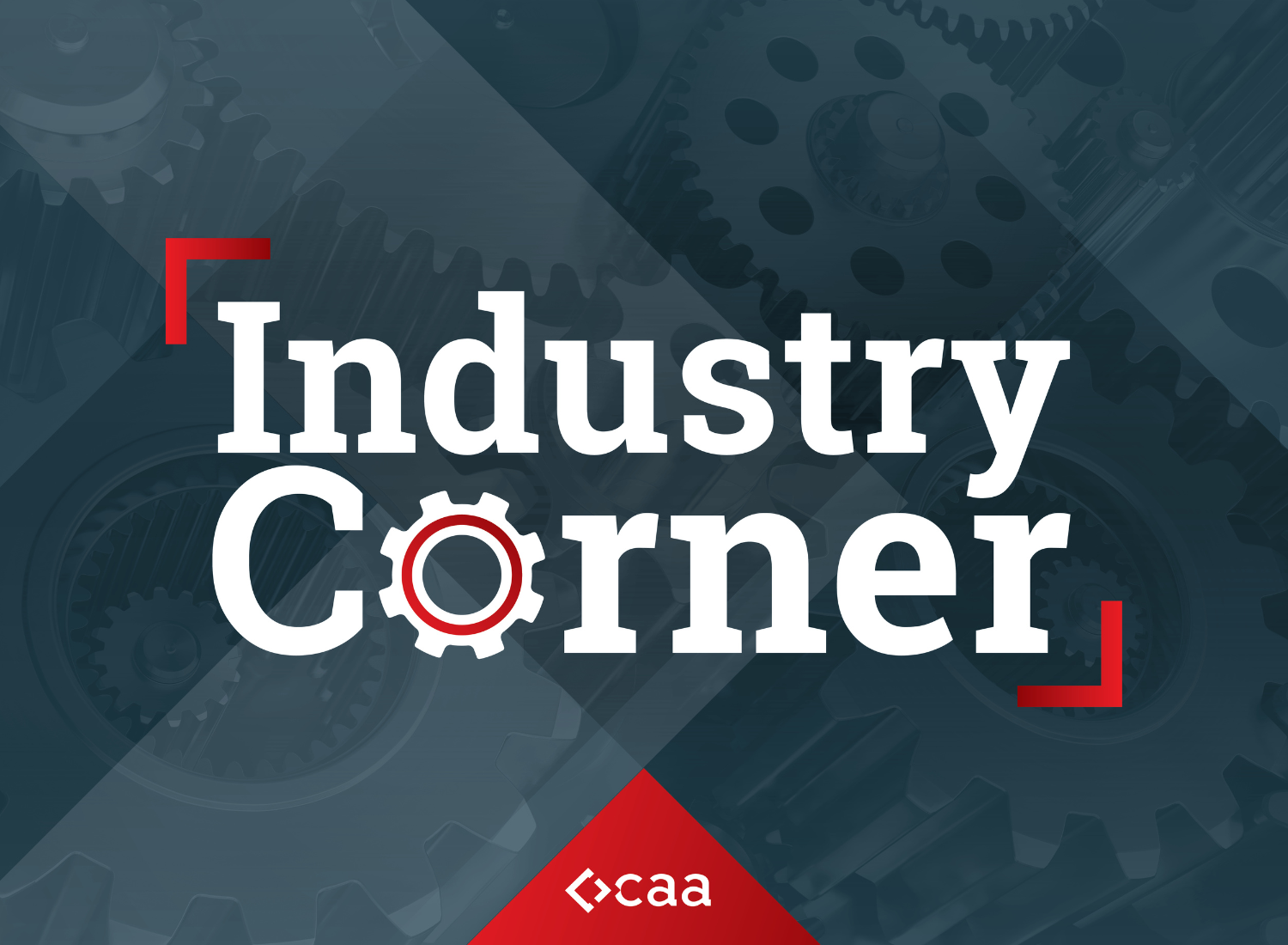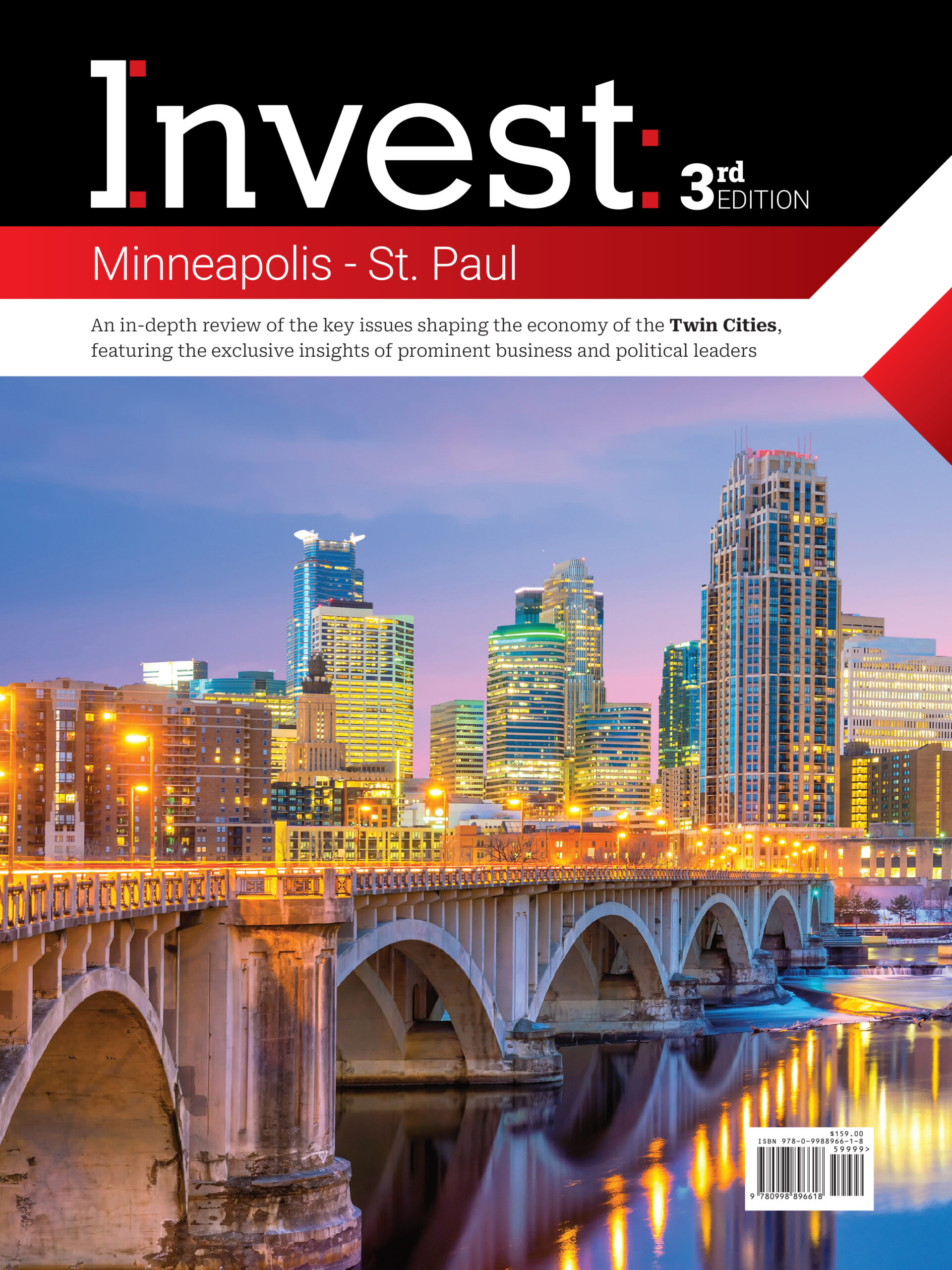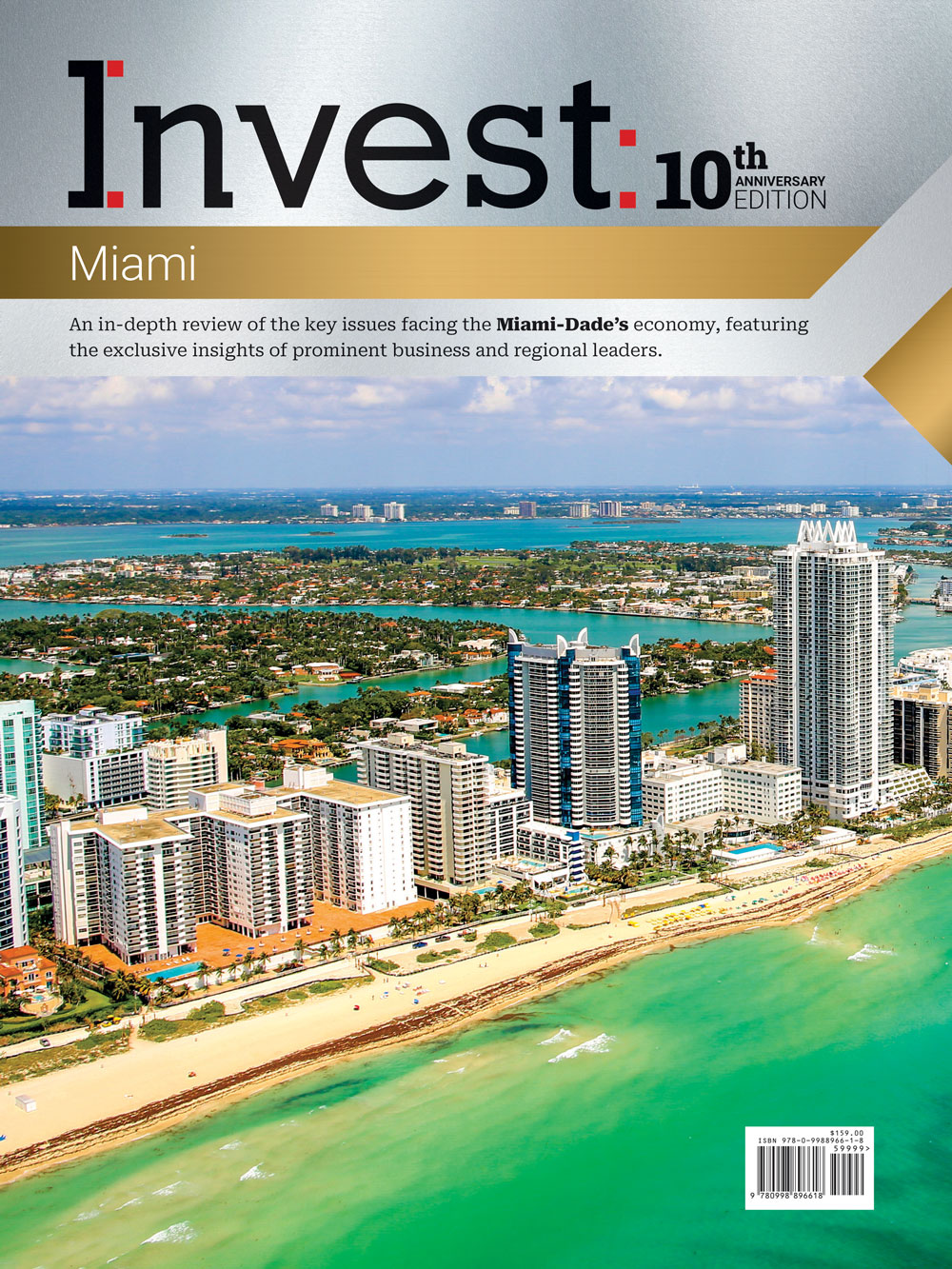Spotlight On: Todd Robinson, President, ESa
 January 2024 — Todd Robinson, president of ESa, sat down with Invest: to discuss Nashville’s booming growth and its effect on the architecture industry and building regulations, how technology is influencing the field and more. “When we think about our growth in Nashville, we think about it through the lens of this being our city, our hometown,” he said.
January 2024 — Todd Robinson, president of ESa, sat down with Invest: to discuss Nashville’s booming growth and its effect on the architecture industry and building regulations, how technology is influencing the field and more. “When we think about our growth in Nashville, we think about it through the lens of this being our city, our hometown,” he said.
How does the firm continue to set itself apart in the architecture industry?
Over the course of my career, I have watched ESa grow in the Nashville market and the regional marketplace. Now, it’s our national presence that has made a huge impact. When we think about our growth in Nashville, we think about it through the lens of this being our city, “our hometown.” We are very proud of Nashville, where many of us grew up. Because we work from coast to coast, we are gaining a tremendous amount of experience that we are able to bring back to our community. This helps us increase our impact on the built environment.
There is a heavy emphasis on human design at ESa; designing for the users of the space, not necessarily for architects. We take a lot of pride in this. ESa is one of the largest healthcare architecture firms in the nation, and to my knowledge, the largest single office in healthcare. We are very research-oriented and are involved in many organizations and institutions that conduct great evidence-based research and promote sustainable practices. The members of our firm are very active in continuing our education and getting stronger. Another strength is that we have an average tenure of 14 years, which is unheard of in our industry. We have a broad range of staff, from those who have been around for several years, to those who are just now starting out. We believe in this structure of internal growth, which allows for better collaboration, communication and mentoring.
How are design trends emphasizing sustainability and technological innovation?
We are seeing a lot of change in this space. There has been a tremendous amount of change after COVID relative to the way people respond to cleanliness, and how they keep infections at bay. How technology and information systems are being used to create better workspace and delivery of services is also trending. These things were happening before the pandemic, but COVID pushed attention to care over the edge making it a priority. There are so many different sustainable products being created right now. This emphasis will continue to evolve.
The firm continually stays on top of technology and sustainability. It is very important for us to do so. We require the current vetted technology in our industry, and right now there is ongoing research into how artificial intelligence (AI) influences our work and industry. We are already using AI in some ways right now, but there is a lot of work to do in understanding risk and liabilities. Cybersecurity is also a top priority in our industry. Changes are coming at hyper-speed.
What legislation or regulation are you keeping an eye on?
We are constantly monitoring legislation. One example is that Nashville has recently begun to address local code issues in height restrictions. In Nashville, many high-rises are being built right now. ESa is involved in numerous high-rise projects and is well known for them. Keeping current with that is important because we have to know what those restrictions will do to influence our current projects within the city. Additionally, the state of Tennessee requires a certificate of need in order to build a healthcare project. If a health system wants to build a project, they would have to obtain approval through a certificate of need by the governing agency. It is my understanding that there is currently a bill that would eliminate the certificate of need in Tennessee. States like Florida and Texas have already done so. This creates a situation where healthcare providers can build competitive healthcare facilities without requiring a certificate of need. That is huge for growth in the healthcare world in our area, along with positive reimbursement. There are also several guidelines in all sectors of our business we track that are continually changing that we must be aware of and design for.
What is your outlook for ESa in the near term?
Our outlook is very promising. Essentially, we are a service organization providing architecture. Our success really is about our people. The firm is built on collaboration that is fostered in our single-office culture. That collaboration is so important to us and our clients and is achieved by promoting the quality of our work and the timely delivery of it. This effort not only includes architects, but also owners, consulting engineers and other disciplines we collaborate with. We have the depth of talent and have been able to recruit and choose from the larger universities around the country for architecture to recruit the right people who fit within our culture. When you have all of the tools around you to do the right job and work together, you are successful.
We expect a slower start to 2024. There has been a slowing in the financial world with project funding because of inflation and other economic factors. That should pick up throughout 2024, though. Some of our clients are actually looking to take advantage of this slower period and are hoping to build more cost-effective projects. Pricing should also begin to level out, but we do not expect a major drop in costs.
For more information, visit:













